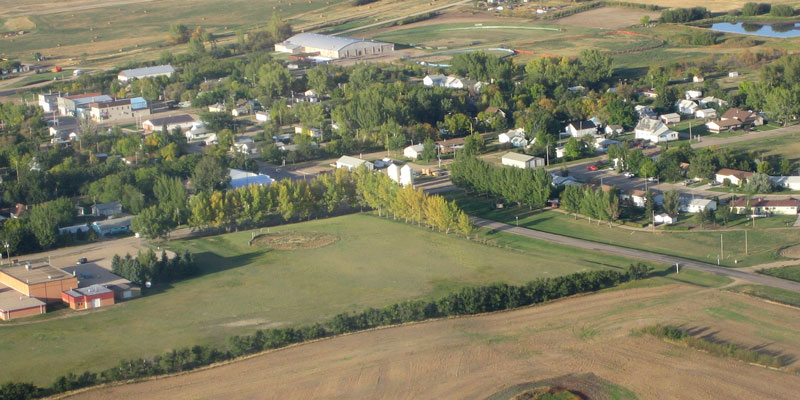Advanced Water Supply Management for Rural Distribution Systems
Principal Investigator - Saeid Habibi, Professor, McMaster University (2005)

Challenge
In recent years, issues of water distribution management have been at the forefront of public, scientific and professional agendas. In particular, small-scale rural distribution systems which face the added challenge of magnification, have attracted much interest. While the challenges facing these systems are diverse, all incorporate the following 5 aspects: energy optimization in system operation and design; reliable fault and leakage detection; water quality monitoring and control; pricing and economics of water supply; and governing policies and regulations. This project considered these issues in the context of rural distribution systems.
Project
The project was divided into five modules to address the following challenges:
- Energy optimization
- Fault and leakage detection
- Water quality monitoring and control
- Water supply pricing and economics
- Governing policies and regulations
Working with Sask Water, a significant water supplier in Saskatchewan, the project developed and implemented an energy optimization system on a rural distribution system, which would enable water authorities to operate pumps and reservoirs more efficiently by regulating flow through the system. Next, model-based strategies were used for fault detection. Developing water quality monitoring required real-time measurements of turbidity, pH, conductivity, temperature, dissolved oxygen, and chlorine in conjunction with water flow and pressure measurements. This led to the development of a “Smart Pipe” system, which is capable of detecting contamination in remote locations and initiating real-time corrective measures.
Economic surveys were sent out to differentiate between different water end users (e.g. industrial, residential, recreational, etc.). This, combined with real-time flow monitoring, allowed the researchers to determine peak-load and off-peak pricing depending on water use. Finally, emerging regulations relevant to rural water supply were studied in the context of rural distribution systems.
In November of 2005, the project team and Sask Water jointly conducted a two day workshop to refine the research directions, identify the various stakeholders within Sask Water, and identify and eliminate potential research barriers. Presentations were followed by brainstorming sessions to allow for full stakeholder participation.
Outputs
- Development of a pricing strategy for rural water supply systems that accounts for cross-user subsidies.
- Publishing of 5 journal publications, 5 conference papers
- Development of multiple patents, including the “Smart Pipe” system, which allows for more comprehensive control and monitoring of rural systems.
- Development of a new leak detection system to detect leaks and faults.
Outcomes
- Informed investment decisions as the implementation of a novel pump optimization system offered considerable benefit to Sask Water, resulting in savings between 7 and 24 percent in electricity costs. Furthermore, associated system costs are strongly influenced by fluctuations in the volume of water supply. By identifying and analyzing the cause and source of supply fluctuations, the research team was able to develop a pricing strategy for rural water supply systems that accounts for cross-user subsidies.
- Changes in practice related to the development of the development of the “Smart Pipe” system that can detect hydraulic conditions that might lead to contamination. As a result of this project, a new leak detection system was developed, which will prove instrumental in detecting the source/location of leaks and faults.
- The project ensured that Sask Water was able to meet emerging regulations for water supply management that are expected to be legislated in the Prairie Provinces by assessing the feasibility of using information technology and infrastructure overhaul. Meeting these requirements is of particular concern to rural water utilities given the spread, length and location of their pipelines




